《Journal of Computer Science and Technology 》(JCST), the first English Language Journal of computer fields published in China, is distributed throughout the world. JCST is an international forum for scientists and engineers in all aspects of computer science and technology to publish high quality and refereed papers. Papers of original research and innovatory applications from all parts of the world are welcome. The papers for publication in JCST are selected through rigorous peer reviews to ensure originality, timeliness, relevance, and readability. While it emphasizes publication of previously unpublished materials, selected conference papers with exception merit that require wider exposure are, at the discretion of the editors, also published provided they meet the journal's peer review standard. JCST also seeks clearly written survey and review articles from experts in the field to promote insightful understanding of the state-of-the-art and the technology trends.
《Journal of Computer Science and Technology 》 is covered in many authoritative indexing and abstracting systems, such as SCIE, Web of Science, Research Alert, CompuMath Citation Index, Engineering Information, Computing Reviews, INSPEC, CBST, Abstracts Magazine, Computer Abstracts, Mathematica Review, Mathematics Abstracts, and DBLP.
形式化方法、算法与计算复杂性、计算机体系结构与高性能计算、软件工程、分布式计算与网格计算、计算机图形学与人机交互、数据库与知识库系统、信息安全
1.Manuscripts are accepted for review on the understanding that they have not been published, nor are presently submitted for publication in any other English journals. Enhanced versions of papers previously published in conference proceedings may be considered provided it is notified when the paper is submitted, especially if they are of particularly high quality or include substantially new material. Prior publication of an abstract, summary, or other abbreviated form of the material, shall not preclude publication in this journal when notice of such prior or concurrent publication is given at the time of submission.
2.JCST publishes four types of papers: Regular Paper (Its length is not seriously limited.), Short Paper (Its length is not more than 5 typewritten pages.), Survey, and Review. For all manuscripts submitted to this journal, a list of 3--5 keywords and an abstract of 100--200 words are required.
3.All contributions are handled in the same fashion. Review management is under the direction of an area editor, who will solicit two reviews for each submission. Usually, the review process takes 3~6 months, and the publication process after acceptance can take additional 4~6 months. However, JCST will make every effort to shorten the processes.
4.For submission, Before you do this please be sure that the file is not infected by viruses.
5.For an accepted paper, authors are invited to submit the final version as TeX, LaTeX, or Word file which should be accompanied by .pdf file of the revised paper; which should also contain a README file explaining any nonstandard conversions of macros, etc., that the author(s) has used. Authors should specify exactly what computer and word processor (including the version) were used. All parts of the manuscript should be typed sesqui-spaced on only one side of the paper with at least one-inch margins all around. Please refer to JCST Publish Template (LATEX, WORD ).
6.Please supply the photo and technical biography of each author upon the acceptance of the paper.
7.The references should be listed at the end of the manuscript and numbered in the order they are cited in the main text. For journals the following information should appear: names (including initials of the first names) of all authors, full title of the paper, and journal name, year of publication, volume, issue number and pages.. For books the following should be listed: author(s), full title, edition, place of publication, publisher and year. Examples are as follows.
[1] Sayah J Y, Kime C R. Test scheduling in high performance VLSI system implementations. IEEE Trans. Computers, 1992, 41(1): 52-67.
[2] Plotkin G D. A semantics for type checking. In Lecture Notes in Computer Science 526, Ito T, Meyer A R(eds.), Springer-Verlag, 1991, pp.1-17.
[3] Kwan A W, Bic L. A structuring technique for compute-aggregate-broadcast algorithms on distributed memory computers. In Proc. the 6th Int. Parallel Processing Symp., March 1992, pp.10-17.
8.The end of a proof should be marked by a □.
9.All easily confused characters and symbols, upper and lower case letters, as well as block and italicized lettering should be noticed to the production editor.
10.Please notify the JCST office immediately of a change of your address.
11.After publication of a manuscript, the author(s) will receive the issue of the journal free of charge.
2012 2013 2014 2015 2016 2017 2018 2019 2020 2021 2022
本刊文章发表的年份
在2012年的被引次数
被本刊自己引用的次数
被引次数的累积百分比
本刊文章发表的年份
在2013年的被引次数
被本刊自己引用的次数
被引次数的累积百分比
本刊文章发表的年份
在2014年的被引次数
被本刊自己引用的次数
被引次数的累积百分比
本刊文章发表的年份
在2015年的被引次数
被本刊自己引用的次数
被引次数的累积百分比
本刊文章发表的年份
在2016年的被引次数
被本刊自己引用的次数
被引次数的累积百分比
本刊文章发表的年份
在2017年的被引次数
被本刊自己引用的次数
被引次数的累积百分比
本刊文章发表的年份
在2018年的被引次数
被本刊自己引用的次数
被引次数的累积百分比
本刊文章发表的年份
在2019年的被引次数
被本刊自己引用的次数
被引次数的累积百分比
本刊文章发表的年份
在2020年的被引次数
被本刊自己引用的次数
被引次数的累积百分比
本刊文章发表的年份
在2021年的被引次数
被本刊自己引用的次数
被引次数的累积百分比
本刊文章发表的年份
在2022年的被引次数
被本刊自己引用的次数
被引次数的累积百分比
累积被引百分比:是用于评估期刊影响力的学术指标,是指在某一领域或学科中,某篇论文被后续的论文引用的次数占该领域或学科所有论文被引用的总次数的比例。
他刊引用次数:指在某一期刊中发表的论文被其他期刊的论文所引用的次数。该指标能够反映出该期刊的学术影响力和知名度。
本刊引用次数:被称为自引率,是指该期刊全部被引次数中,被该刊本身引用次数所占的比例。他刊引用次数和本刊引用次数一同使用,可以更全面地评估期刊的影响力和学术地位。
期刊被引半衰期:也叫“cited half-life”,是一个衡量期刊影响力的重要指标,这个指标的值越低,说明该期刊的文章越新,反之则说明该期刊的文章比较老旧。
期刊引用半衰期:指某一期刊平均引用多久以前的论文。计算方法是从当年往前累计,当引用的论文篇数达到全部的50%时,该篇论文的出版年到当年的间隔年数即为此期刊的引用半衰期。
影响因子:指该期刊近两年文献的平均被引用率,即该期刊前两年论文在评价当年每篇论文被引用的平均次数。影响因子分为复合影响因子与综合影响因子,两者都和SCI期刊的影响因子统计方法相同。
被引次数:指某篇论文在其他论文中被引用的次数,这是衡量该篇论文影响力的一个重要指标。需要明确的是,被引次数并不完全等同于论文的质量或价值。高被引论文虽然通常代表着高质量的研究成果,但也与研究主题的重要性、论文的创新性、论文的研究方法等内在因素,以及论文的可获得性、期刊的声誉等多种外在因素有关。
发文量:又称载文量,是指一本期刊在一定时间内发表的文章数量。期刊的发文量是一个重要的参考指标。如果一本期刊发文量太小,可能会让人觉得这本期刊受众较小众,或者为了提高影响因子而刻意降低发文量。然而,如果发文量过大,也需要警惕,因为这可能影响到论文的质量。
平均引文率:又称篇均引文量,是指某本期刊中带有引文的论文数量与该期刊发表论文总数的比例。这个指标可以反映出该期刊引用文献的综合能力和引文的覆盖面。
| 一级发文领域名称 | 发文量 | 被引量 |
| 自动化与计算机技术 | 2634 | 4492 |
| 电子电信 | 424 | 628 |
| 理学 | 152 | 186 |
| 文化科学 | 50 | 59 |
| 生物学 | 40 | 46 |
| 建筑科学 | 30 | 58 |
| 经济管理 | 29 | 38 |
| 机械工程 | 24 | 34 |
| 交通运输工程 | 22 | 34 |
| 轻工技术与工程 | 20 | 41 |
| 二级发文领域名称 | 发文量 | 被引量 |
| 自动化与计算机技术 / 计算机... | 2104 | 3336 |
| 自动化与计算机技术 / 计算机... | 939 | 1625 |
| 自动化与计算机技术 / 计算机... | 563 | 783 |
| 自动化与计算机技术 / 计算机... | 470 | 801 |
| 电子电信 / 信息与通信工程 | 314 | 504 |
| 自动化与计算机技术 / 控制科... | 311 | 752 |
| 电子电信 / 通信与信息系统 | 288 | 479 |
| 自动化与计算机技术 / 控制理... | 221 | 520 |
| 理学 / 数学 | 133 | 136 |
| 自动化与计算机技术 / 检测技... | 90 | 232 |
若用户需要出版服务,请联系出版商,地址:SCIENCE PRESS, 16 Donghuangchenggen North Street, Beijing 100717, China,邮编:100190。

SCI期刊
人气 13671 评论 3
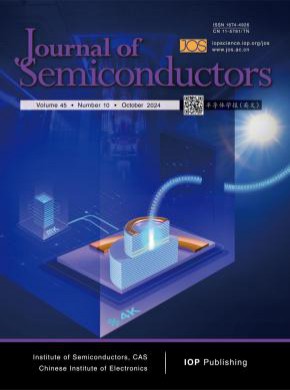
CSCD期刊、统计源期刊
人气 12847 评论 3
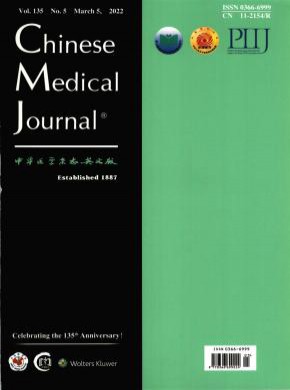
SCI期刊、CSCD期刊、统计源期刊
人气 12826 评论 8
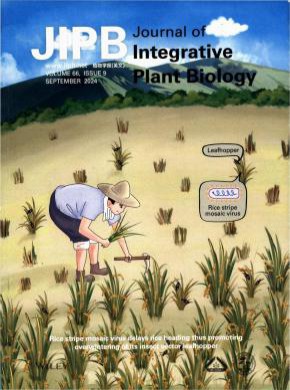
SCI期刊、CSCD期刊、统计源期刊
人气 10860 评论 3

SCI期刊、CSCD期刊、统计源期刊
人气 10852 评论 5
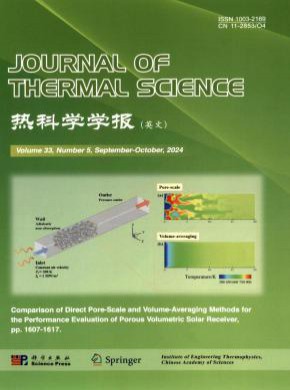
SCI期刊、CSCD期刊
人气 10316 评论 2
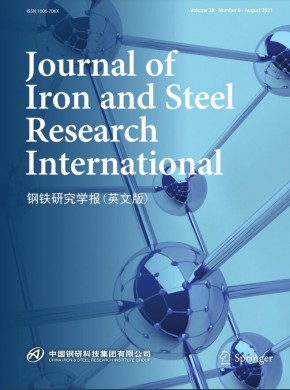
SCI期刊、CSCD期刊、统计源期刊
人气 10233 评论 2
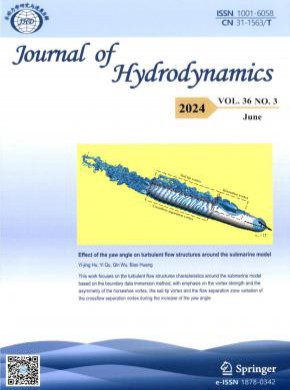
SCI期刊、CSCD期刊
人气 10039 评论 1